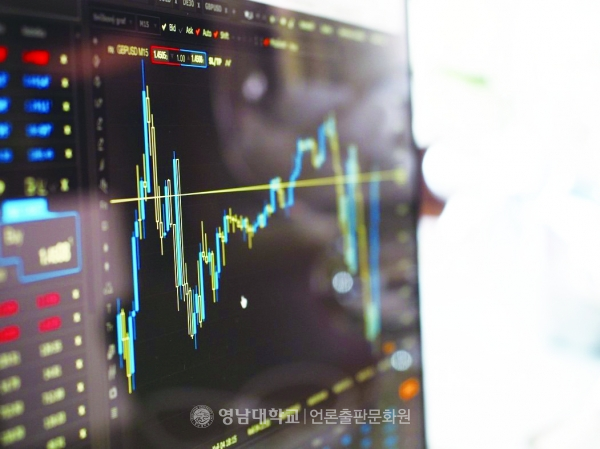
The craze for stocks and coins blew hot. The desire for investment exploded as the low-interest rate policy continued during the spread of COVID-19. Amid this investment craze, the proportion was remarkable within a new age group: the so-called 2030 generation. The 2030 generation encompasses those in their 20s and 30s. According to Korea Securities Depository (KSD) data, the 2030 generation accounted for 28% of the total listed corporation owners in 2018 but markedly increased to 41% in 2021. According to an analysis by the Korean Financial Intelligence Unit (KoFIU), they also accounted for more than half of all cryptocurrency owners. In contrast to a large proportion of the investment market, their profitability is low. A survey conducted by NH Investment & Securities shows that in the first half of last year, people in their 20s had a yield of 0.2%, and 30s had a yield of 1.7%. It was the lowest for all ages, even though it was a rising market.
The 2030 generation, familiar with new technologies, is heavily influenced in investing by SNS, YouTube, and the Internet. Therefore, they can easily be exposed to provocative information that spreads without restrictions online. According to a report published by the Hana Financial Group on understanding financial behavior among millennials and 86 generations, investors in their 20s and 30s have higher financial risk acceptance and self-efficacy than older generations. Risk acceptance tendency refers to the willingness to take risks when investing, and self-efficacy refers to confidence and decision-making ability related to financial design. Unlike older investors, the 2030 generation believes in their judgment and invests boldly. These tendencies to overestimate oneself are likely to cause a loss from aggressive investing.
Typical thinking among the 2030 generation includes relative deprivation and concerns about an unstable future. Last year’s average monthly income for those in their 20s was 2.21 million won, and 3.35 million won for those in their 30s. Earned income makes it difficult to afford a home, and prices are soaring from the worst inflation in 26 years. Another problem is that some invested using borrowed funds. They received credit loans from various financial institutions because of their small accumulated assets. As the bear market continues and interest rates rise, their debts grow irreversibly large.
As the number of debt-ridden young people continues to increase, the Financial Services Commission announced debt restructuring measures to help them. This led to controversy over debt relief. Some point out that more fundamental measures should be taken to examine the causes of young people’s debt struggles before repaying their debts. This phenomenon will inevitably continue if our society fails to relieve young people’s anxiety about the future. It is time to consider the youth problem.


